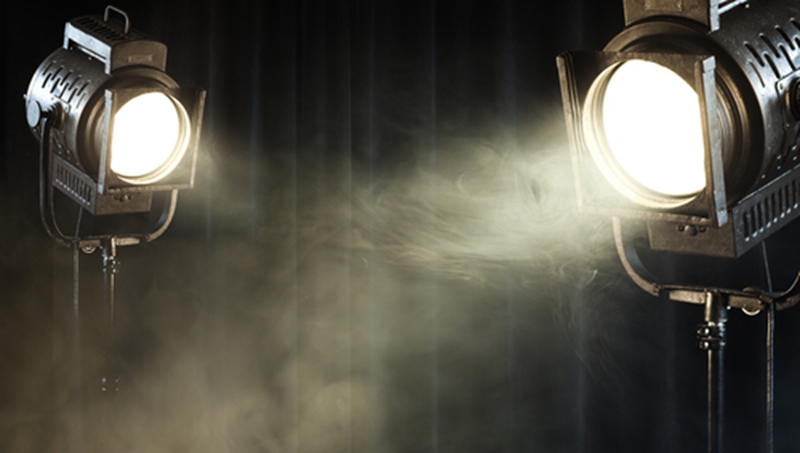Which RØDE microphone is right for your film?
There are a lot of things to take into consideration when choosing your microphone and recording equipment before a film shoot. Countless options are available to choose from, and each and every one of them will have an impact on your working process and ability to get certain shots.
RØDE's range of on-camera microphones provides an option for every budget level.
On-camera
Over the last decade or so, DSLR cameras have gotten better and better, to the point where high-quality content can be, and frequently is, shot on them. Great examples are "Like Crazy" and "Tiny Furniture," both of which experienced huge success despite modest budgets. The compact nature of DSLRs means that they are often being used by small or one-person crews, or being utilised for non-traditional camera work where their portability and versatility allows them to capture incredible perspectives. In these situations, the on-camera microphone reigns supreme and RØDE is one of the most highly regarded makers of on-camera mics, thanks to the huge success of the VideoMic range.
From the entry-level VideoMic right through to the powerhouse that is the broadcast-quality Stereo VideoMic X, RØDE's range of on-camera microphones provides an option for every budget level and filming scenario. Ranked by Sound On Sound as one of the five best options for recording camera sound (along with another RØDE product that we'll get to later!), the VideoMic especially excels in situations where the one person is responsible both for picture and audio.
A one-man band is sometimes a budgetary necessity, but it can also be a strategic decision to make a subject feel more at ease. Many people aren't entirely comfortable with being filmed at the best of times, and the presence of a large crew can pile on the pressure. An unobtrusive on-camera microphone allows you to create a sense of intimacy. Two of famed documentary filmmaker Michael Moore's 13 rules for making documentary films are to "make it personal" and to "get good sound," and the VideoMic helps you to do both.
Boom!
Not only is it fun to say, but using a mic on a boom, or boompole, is one of the best and most flexible ways to record sound for a film. Like the classic VideoMic, most boomed mics utilise a shotgun polar pattern. This means that they are highly directional, only picking up the sound that is directly in front of them. The other mic that Sound On Sound mentioned as one of the five best was the RØDE NTG2, which is a versatile shotgun microphone designed for use with specialised high-end film cameras and DSLRs alike; able to operate either from phantom power or a battery.
One of the major advantages of using a boom is the freedom that it allows the camera and the subject. Neither are tethered to a microphone, and can move freely throughout the space for the benefit of the performances. For this reason, using a boomed microphone is very common on drama productions, especially where there is significant movement or action involved. They can be a great asset in locations where space is at a premium, as the camera can still get nice and close while the boom operator simply extends the pole and reach in from the other side of the room.

Lavalier
A final option is the trusty lavalier microphone. While a bit less common in drama on account of being physically tethered to the actor, lavs make great options for documentary and special events, and in certain film scenarios can prove to be a life-saver.
One of the most common uses of lavs is when filming a speech or lecture. In these situations the camera is often too far away for the onboard mic to get clean sound, and it would probably be a bit distracting for everyone involved if you sent a boom operator to the table during the best man's speech at the wedding you've been hired to film. A good lavalier like RØDE's is the perfect solution. It provides broadcast-quality sound via a radio transmitter and allows subtle recording in situations where the other options simply aren't available.
Lavs have more creative uses too though, and are one of the best ways to facilitate those 'cool' moments that you want to slip into your film. A great example is shots that are super-wide or far away from the actors or action. For the same reasons as in the wedding scenario, neither the on-camera mic nor the boom operator will do. In most cases, the camera won't be able to pick up the lavalier microphone on the actor, and you'll be able to achieve a really cinematic effect that would normally require additional dialogue recording (ADR) in a studio.
There's a mic for every location and shooting scenario, and now's a great time to get cracking on a short film with My RØDE Reel, the world's largest short film competition, on now!